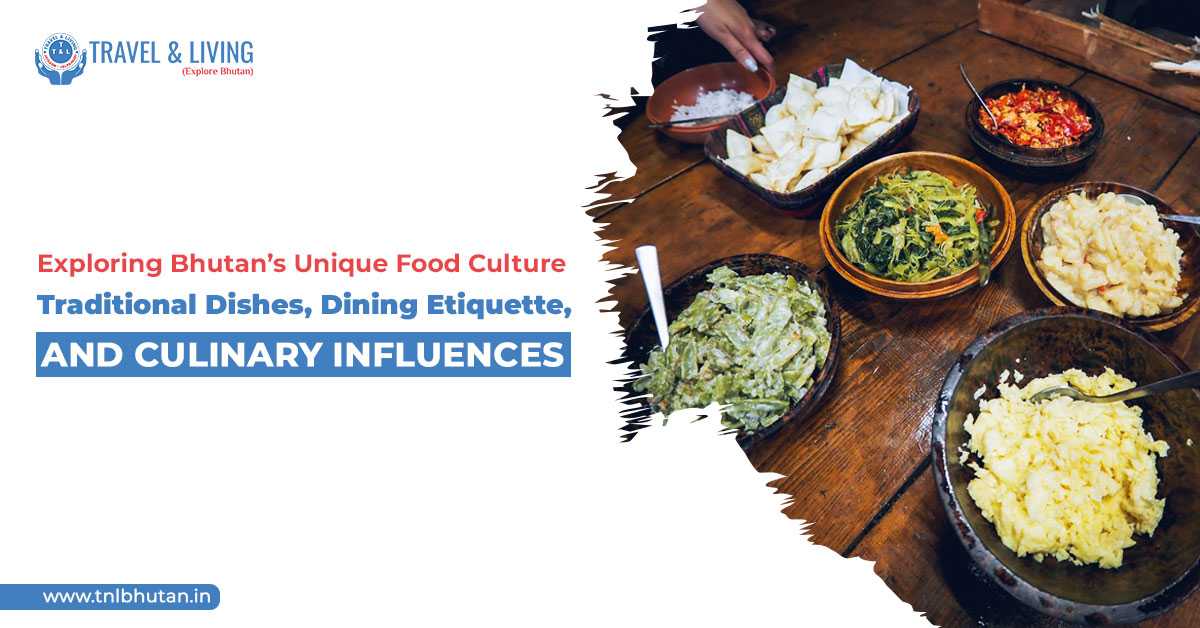Bhutan is the realm of un-exploited traditions, and arts and crafts are another matter of significance for Bhutanese cultural heritage. The last existing Shangri La is where you can discover happiness in every nook and corners. It is where getting off the beaten path fills you with joy. It’s a country where exploring Dzongs, monasteries, museums will make you marvel at their craftsmanship and skills in their arts and crafts. So, if arts and crafts fascinate you, then venture on a trip to a country where Buddhism and traditions is a way of life. So, here’s the list of 13 arts and crafts in Bhutan-
1. Thag-Zo (textile weaving):

Bhutanese culture and life are immensely impacted by the textile industry. Hence, Bhutanese are skilled in weaving. Silk, raw cotton, cotton are used in weaving by using intricate motifs, some of which are highly priced. Textile weaving pattern varies from one region to the other. Bhutanese women from the east are considered highly skilled in weaving textiles, and Bhutanese men contribute in spinning sheep wool and yak hair into the thread.
2. Tsha-Zo (bamboo and cane weaving):

As Bhutan is endowed by bamboos and canes in abundance, Bhutanese citizens have taken advantage of natural resources. Popularly called as Tshar-Zo, the art and skill of weaving with bamboo and cane are widely spread across the kingdom. Amongst all, the people from eastern Bhutan are pioneers and skilled in this craft of waving. With high demands of goods, they can earn themselves additional income and keep their craftsmanship alive.
3. Shag-Zo (the art of wood carving):

In former days, it was a traditional practice of the people of eastern Bhutan. Trashiyangtse is skilled for their dynamic art on wooden bowls and cups. Traditionally called as phobs and dapas, these bowls that are made of special wooden knots are greatly valued. Until the emergence of brass and steel utensils, these wooden bowls are widely used. Today, it is sold at arts and crafts shops as gifts and souvenirs.
4. Lha-Zo (Bhutanese Paintings):

Paintings are the significant element of arts and crafts, and traditions in Bhutan. Even the oldest generations have practiced the art of painting, mostly capturing the landscapes imagery. Paintings of the eminent Bhutanese painters can be seen in the magnificent Dzongs, monasteries, temples, and sometimes at the small Bhutanese houses. Bhutanese paintings are exceptional with a varied infusion of vibrant colors that clearly define the dynamism of Bhutanese arts and crafts.
5. Shing-Zo (carpentry crafts):

Shing-Zo is about the carpentry carvings and craftsmanship. Carpentry has contributed immensely in construction and it is evident from the intricate designs on Bhutan’s massive Dzongs, fortresses, monasteries, temples, palaces, bridges, house, etc.
6. Do-Zo (the craft of masonry):

Masonry is craftsmanship in materials like brick, stones, tiles, etc. Do-Zo is still practiced today. Monasteries, Dzongs, temples, Chortens or Stupas, farm-houses are all built using stones in Butan. If you want o witness an ancient or classic example, then visit Chorten Kora in Trashiyangtse in east and Chendebji Chorten in Central region.
7. Par-Zo (carving on stone, wood, and slate):
It is a traditional Bhutanese art that is improved over generations. Significant carvings are carried out on stone, slate, wood as the traditional designs carved on these materials form distinct and beautiful artworks that are rare and unique. The best wood carvings that are engraved are the wooden masks that are seen during annual religious celebrations and Tshechus. Stones carvings engraved are grinding mills, which are still used by the people in remotest villages, and hollowed out stones that are used feeding horses, cattle, and pounding grains.
8. Jim-Zo (clay work):

This ancient craft of clay work is practiced and passed down from the ancestors over centuries. This art form is widely anticipated and prioritized than other metal sculpture work such as bronze and others. The instances are evident from the clay statues of deities and other significant religious figures in Bhutan.
9. Lug-Zo (arts and crafts with bronze):

This practice began between the Stone Age and the Iron Age that was around about 3,500 BC. Bronze casting in Bhutan was introduced by Newari Artisans from Nepal in the 17th century. Bronze was mainly used for making cups, vases, urns, etc. People even made armors and weapons like shields, helmets, swords, knives, battle-axes, etc.
10. Gar-Zo (the art of Ironwork and blacksmithing):

Its inception has been traced back to 19th century and is believed to be a Tibetan saint as Dupthob Thangtong Gyalpo regarded by the Bhutanese people as a skilled engineer in casting iron chains and erecting them as bridges over canyons. The bridges intersecting over Paro Chhu, on the enroute to Thimphu from Paro and connecting the highway to famous Tachog Lhakhang are the existing works.
11. Troe-Ko (the craft of traditional ornament making):

It is a vibrant craft of traditional ornament making, which are the main element that is worn by the Bhutanese women. Tro Ko Lopen is highly skilled in shaping ornaments. The embellishments and ornaments like earrings, necklaces, brooches, rings, amulets to contain ritual objects, traditional containers to keep the much-chewed beetle nut, etc were made using precious stones and metals, such as gold, silver, turquoise, corals, etc.
12. De-Zo (paper making):

Bhutan is famous for producing traditional Bhutanese papermaking art. The bark of Daphne tree was used in traditional paper making. In olden times, religious scriptures were written on Dezho, using traditional Bhutanese ink and with gold on occasions. In modern day, Dezho is still produced to make carry bags, envelopes, gift wrapping purposes, etc.
13. Tshem-Zo (the art of tailoring):

Tshem-Zo is one of the most popular arts amongst the Bhutanese. It is classified as the art of embroidery, the art of appliqué, and traditional boot making.
Tailoring craftsmanship means skills in sewing traditional and national costumes of Bhutan, called Kira and Gho.
The traditional art of appliqué is practiced by monks to produce Thangkhas-or religious scrolls, etc.
Bootmaking is the task of Bhutanese laymen. Leather and cloth are used in making boots for the officials, to be worn during special functions. Bootmaking origin is unknown; still, some skilled craftsmen in villages make boots with uncured leather.
Hope this will be helpful in identifying the arts and crafts during your trip to Bhutan.






